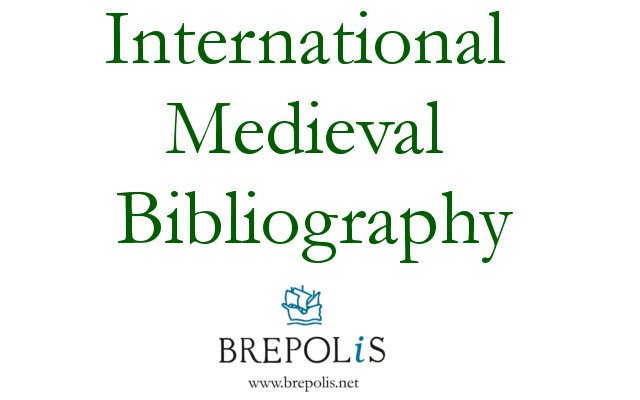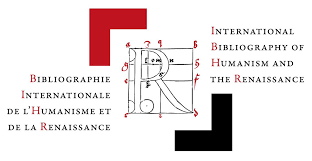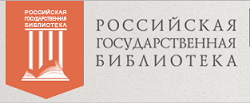Tatyana Tolstaya’s “Sleepwalker in a Fog” or “The Life is a Dream” in a Neobaroque manner
DOI:
https://doi.org/10.31168/2073-5731.2020.3-4.4.03Keywords:
Tatyana Tolstaya, sleep-walk, daydreaming, dream, the late SocialismAbstract
The proposed analysis of the oneiric elements in the early prose writing by Tatyana Tolstaya, most notably in the short story “Sleepwalker in a Fog”, attributes the highest heuristic value to the traditional Baroque metaphor “life is a dream”, and attempts to close read the text by using this premise as a focal point. The stated metaphor which, as an important vehicle for construction of narrative reality, is present only implicitly in the text, contains two distinct semantic aspects. The first can be defined as the claim that the protagonist observes objective reality as a dream, with disintegrated and lessened attention, passively and absentmindedly, since he is completely absorbed in his inner life. What constitutes reality for him is the activity of his spiritual sphere whereas the real world looks completely unreal, as if he were dreaming about it. The metaphor “life is a dream” has, however, another meaning which can be defined as an observation that reality can sometimes have a dreamlike character. Hence, the protagonist is not necessarily submerged into his inner life but rather observes the external world with sharp and vigilant perception, and has a strong feeling that what surrounds him is not real, i.e. that the external reality is objectively like a dream. There is no doubt that the reality of the late socialism as described in the short story “Sleepwalker in a Fog” has a quality of a chaotic, oneiric chronotope in which events evolve incoherently, illogically, and in a dreamlike manner.
For citation
Benčić Ž. Tatyana Tolstaya’s “Sleepwalker in a Fog” or “The Life is a Dream” in a Neobaroque manner // Slavic Almanac. 2020. Issues 3–4. P. 338–362. DOI: 10.31168/2073-5731.2020.3-4.4.03






